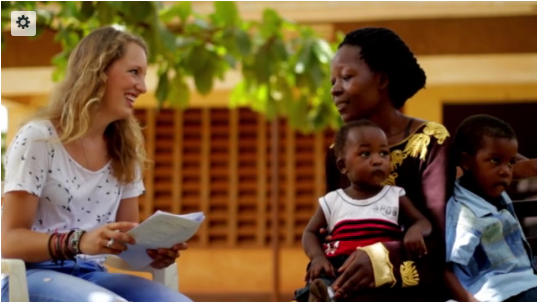Interviewing is the most commonly used method to obtain data within most types of research. In ten minutes up to two hours you sit down with people and ask questions about the subject of research. It is an easy, low key and cheap way of data collection. It is also often combined with other methodologies such as Photovoice, Village mapping, Transect walks and so many more. So, you will find interviews in almost all researches. But how to do it, and how to use it in Participatory Action Research? It may be a weird question to you as it looks pretty simple, but the way you communicate verbally and non-verbally highly determines the quality of your obtained data and during my career I have witnessed many mistakes that are sometimes funny, but too often offensive and rude for the participant. See for example my blog ‘How to avoid these 10 interviewing bloopers’.
- When you want to explore someone’s personal, deeper perspectives on a certain topic
- When you don’t want to have other’s influence your respondents answers
- When you feel the respondent is more at ease in a one-on-one interview as opposed to a group setting
How to use: forms of interviewing
Roughly we distinguish structured interviewing, semi-structured interviewing and unstructured interviewing. In structured interviewing, you have a list with open (and maybe some closed) questions that you fill in per participant. In semi-structured interviewing you have no list of questions, but rather a list of topics you want to address. This requires already quite some skills in building your questions upon the answers that you get from your participant. Unstructured interviewing goes a step further. You have your topic in mind and maybe a first question to start with, but your notebook is empty. Each interviewing style has its own advantages and disadvantages. Structured interviewing is nice when you are not experienced in interviewing; it is simple as you go from question to question. However, through this type of questioning you may limit your participant to tell you more, so you may miss out on important information. Therefore, I would not recommend structured interviewing in PAR projects. On the other end of the scale -unstructured interviewing- you need be an experienced interviewer who can listen very well and build new questions based on the answers the participant gives. As such you can go more and more in-depth on a subject and both you and your participant have full freedom of talk. In the middle -semi-structured interviewing- has a bit of both and is therefore the most popular interviewing method.
Get your interview training
SevenSenses has over a decade of experience with interviewing for Participatory Action Research, all over the world, on different topics and with people of all layers of society. We offer specialized and customized interview trainings, supported by training actors. Read more

